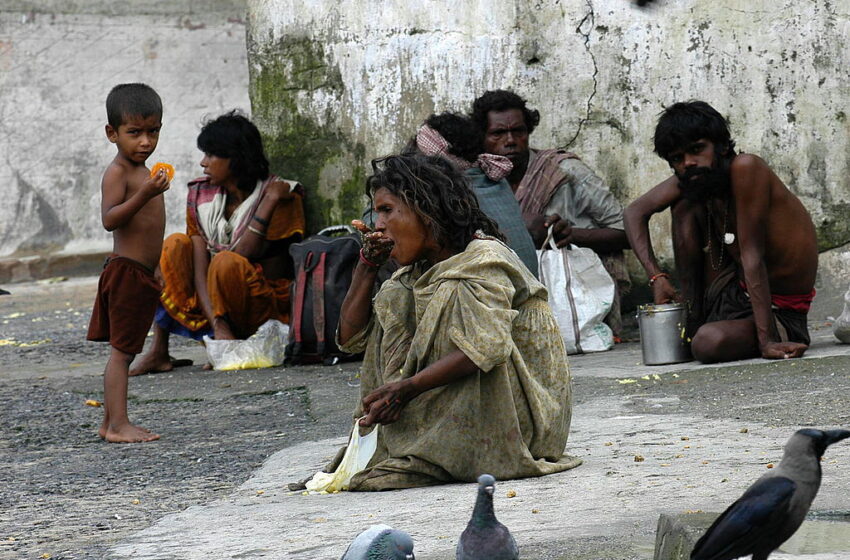Community ownership helped tackle Covid19

Ill-health pushes many poor into poverty
Team L&M
To break the vicious cycle of ill health and poverty, Swasti’s Invest for Wellness (i4We) programme has brought primary care to the doorstep of over two lakh among the poorest of poor. The programme is currently being implemented across four States and five locations in urban and rural areas in India – Sehore District (2 blocks) in Madhya Pradesh; Ramanagara District (1 taluka), and Bengaluru urban district in Karnataka; Karur urban in Tamil Nadu; and Gurugram in Haryana.
The model is designed to have local community leadership through not just frontline health workers, but also through health focused groups and a local community institution, equivalent of the Mahila Arogrya Samiti. Each family is a “member” and actively participate in their well-being journey, actively being navigated through health information, advice and services (screening, treatment and care services and referral) , social protection (awareness, eligibility and facilitation of government identity and schemes) as well as financial literacy and services (savings and credit).
According to the World Health Organization, in the last decade about 50-60 million people have been pushed into poverty because of health-related expenditure in India alone. The poor lose up to 1-2 months of productive time in a year due to illness. About 50-80 per cent of them live with some form of undiagnozed illness and die earlier than those who are economically better off.
During the pandemic, the community leaders prevented the spread of the virus among their members by conducting surveillance, providing local support and advice, reinforcing safety protocols and behaviours, offering telecare services for home isolation, chronic conditions as well as facilitating vaccination drives. Community leaders worked hand in hand with Swasti to follow-up with families during Covid19 and support access to rations, medications, government services, hospitalization and oxygen support.
“We use a strong technology strategy which includes an app for the health facilitator, nurse, and the healthcare provider network, real-time analysis and dashboards for action, point of care diagnostics, and a range of innovative health products. It also uses the latest behavioral science theory and practices, including survival analysis, nudge, and other tools,” says Shiv Kumar, Chief architect of the i4We.


